The Bitcoin community is facing internal conflict as a growing number of voices challenge the dominance of Bitcoin Core, the software used by most nodes. Samson Mow, former Blockstream CSO and current CEO of JAN3, recently called Bitcoin Core a "risk to Bitcoin," escalating a debate sparked by developer James O'Beirne.
O'Beirne responded to claims by Bitcoin advocate Jameson Lopp, who suggested users can freely act outside of Bitcoin Core, asserting that sovereignty is a mindset. However, O'Beirne argues this is unrealistic, pointing to the “sticky power” of Bitcoin Core — most businesses and node operators stick with it due to the complexity, risk, and cost of switching clients.
Mow echoed this concern, reposting O’Beirne’s remarks with a stark warning that Bitcoin Core’s entrenched influence could jeopardize Bitcoin’s decentralization and innovation.
The debate traces back to a proposed update to remove the 83-byte limit on the OP_RETURN field, which allows embedding more data in Bitcoin transactions. Though the proposal doesn’t alter consensus rules, it ignited controversy. Critics, including Mow, fear it could lead to blockchain bloat and undermine Bitcoin’s role as sound money. Supporters like Lopp and Peter Todd argue the change fosters innovation by lifting outdated constraints.
The dispute highlights a deeper governance struggle over Bitcoin’s future. With alternatives like Bitcoin Knots gaining traction, the conversation is shifting from technical tweaks to broader questions of control, decentralization, and decision-making in the Bitcoin ecosystem.
This growing division underscores the challenges of maintaining Bitcoin’s founding ideals while evolving its code — a balancing act now at the heart of the network’s identity crisis.






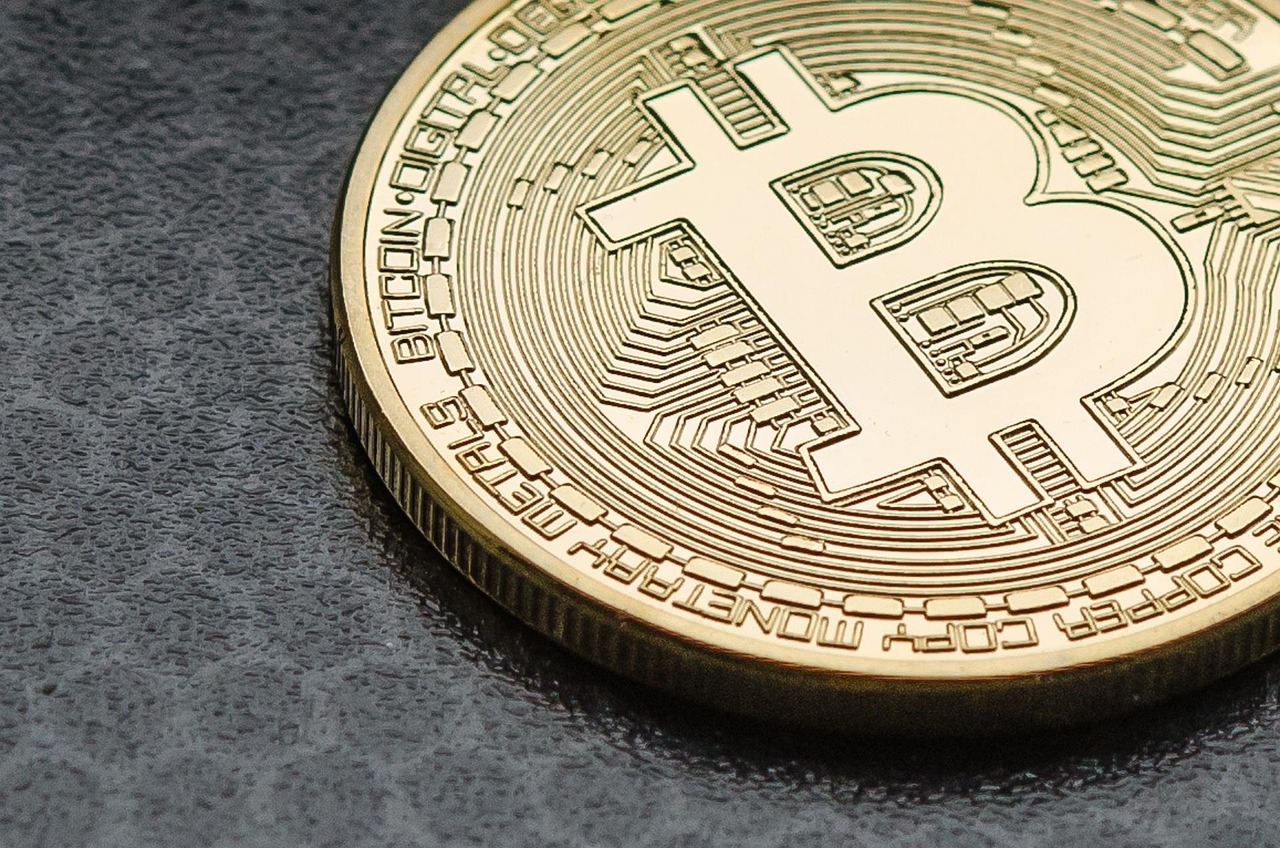



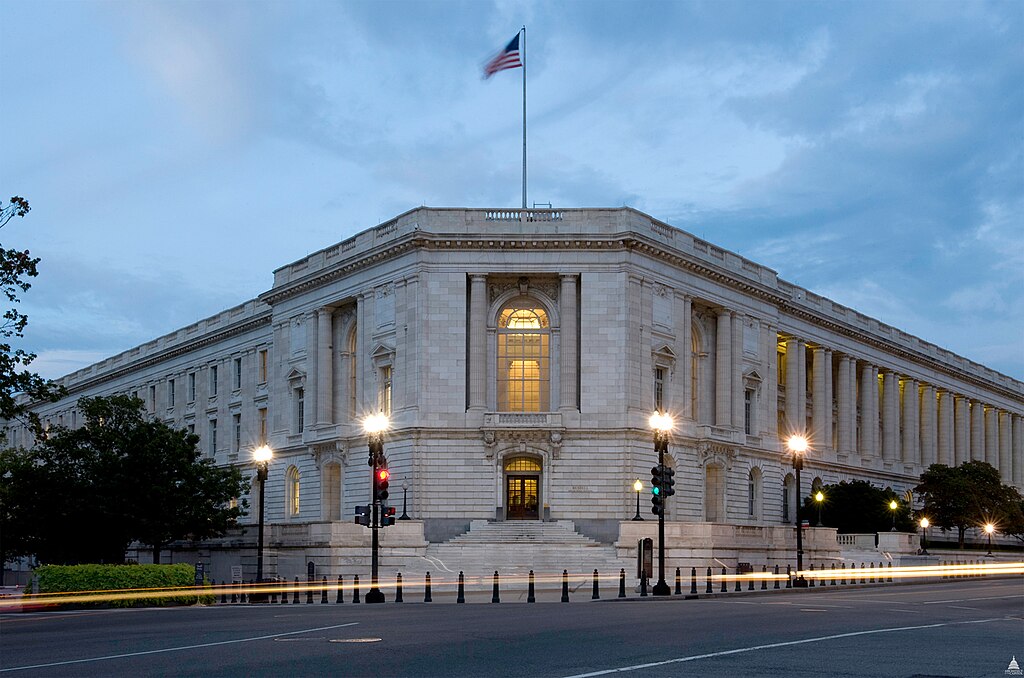








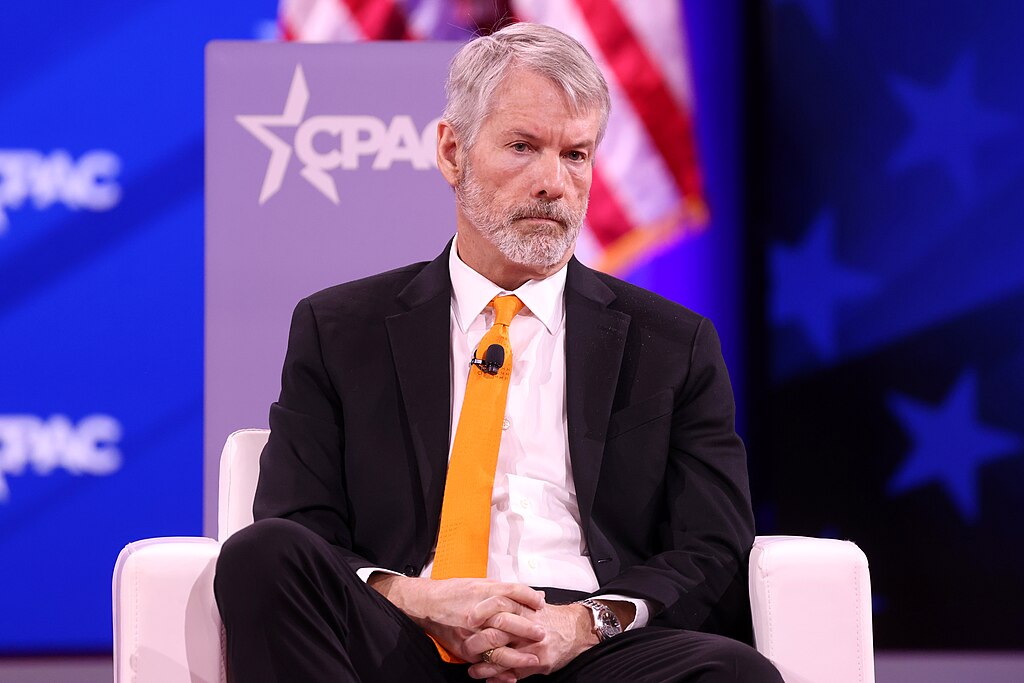

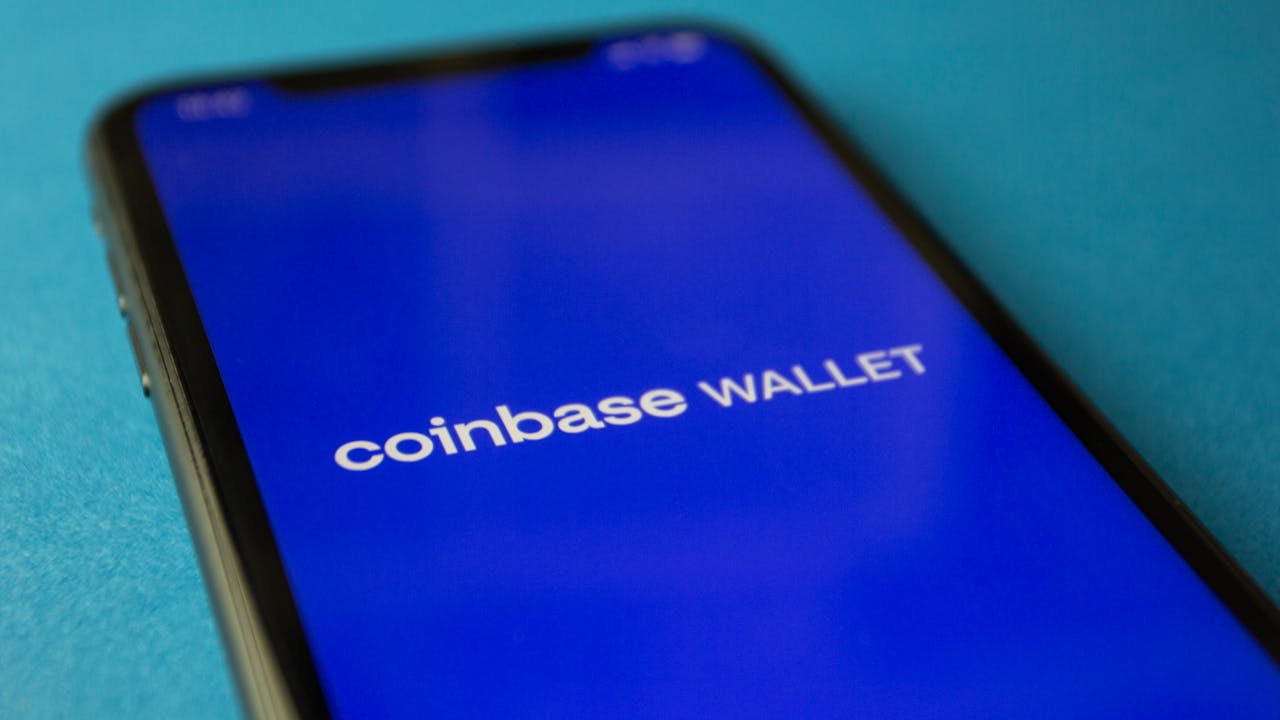
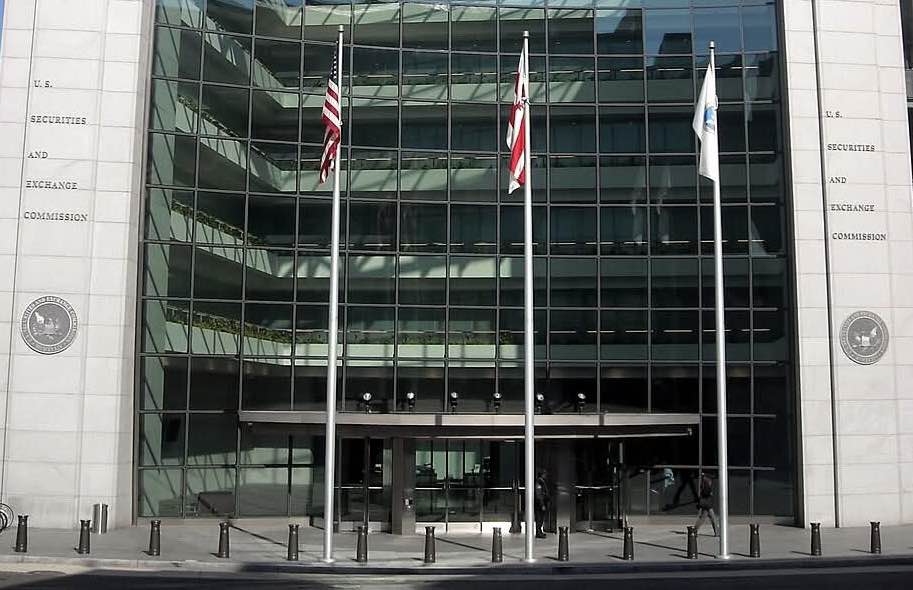



Comment 0